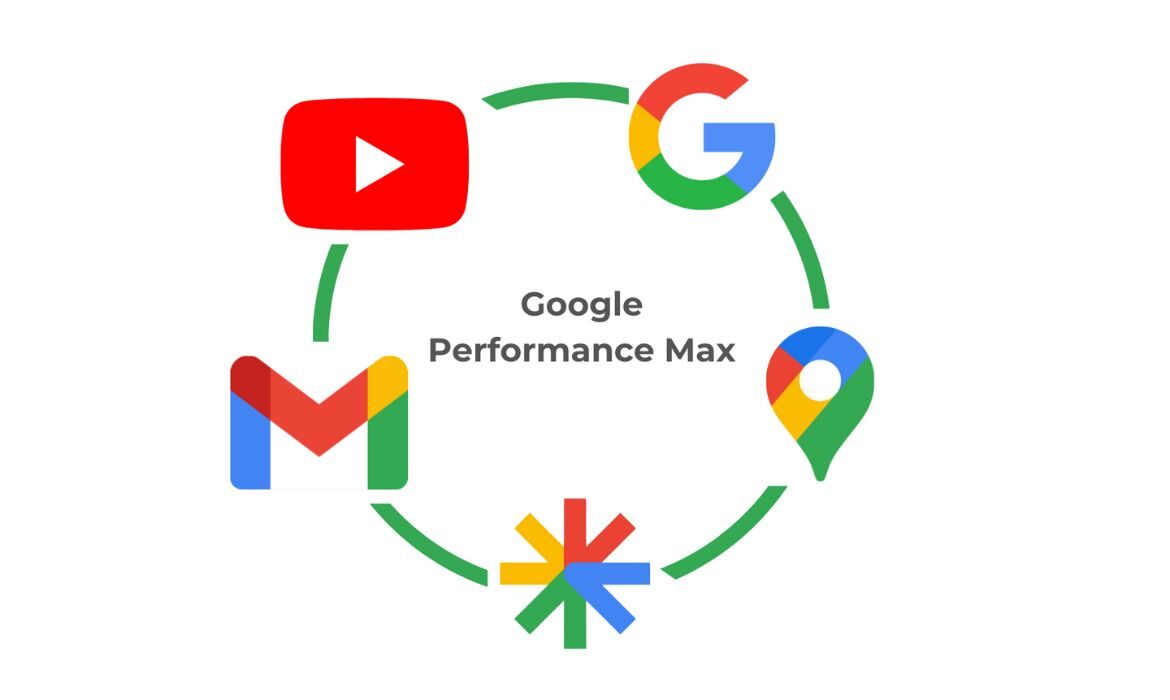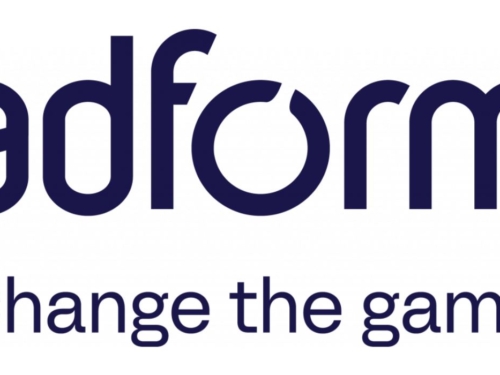Google Boosts Performance Max with URL Contains Targeting Tool
Performance Max (PMax) campaigns now include the ‘URL Contains Targeting Functionality’ feature from Google. The tech behemoth has yet again raised the bar in the fiercely competitive field of digital marketing. It is poised to transform marketing tactics with its latest product, URL Contains Targeting Functionality for PMax. The multinational software company has always sought to connect its technology with the goal of giving advertising useful solutions. By providing a clever gateway between advertisers and their target demographic, this feature raises the bar once again. Advertisers can manually specify the URL to show the PMax advertisements using the capability, which is also accessible in Dynamic Search advertisements (DSA).
What is Performance Max Campaigns in Google Ads?
PMax campaign is a Google Ads campaign type. What distinguishes it from the competition is its capacity to integrate smart bidding and targeting elements into a single goal-based campaign across the whole Google Network. It utilizes all of Google’s advertising platforms. PMax’s main objective is to assist advertisers in growing their visibility and conversions within the Google Network. The campaign type uses smart bidding, an AI-driven automated bidding technique, to optimize ad performance in real time. Depending on what is most effective at a specific place and time, advertisements are displayed in a variety of formats.
How does a PMax Campaign work?
Ad Optimization
Ads are automatically and dynamically optimized utilizing data provided by advertisers (including various assets tailored to each advertising channel, such as photos, videos, logos, and ad content).
Cross-channel advertising
Performance Max may choose when and where to display adverts across the Google Advertising Network. This is possible thanks to machine learning technologies. PMax displays ads where the target audience is most likely to interact.
Bidding and budget strategy automation
It uses ML and automation to increase conversions and maximize budget efficiency.
Campaign issue identification
Detects campaign problems automatically and offers a diagnostic insights tool. Every time a potential issue arises in relation to an account, billing, campaign status, some policy violations, ad strength, budget, and more, advertisers receive immediate alerts that include solutions to troubleshoot the issue.
Read More: Google’s Triple Treat- Unleashes a Trio of Updates to Elevate User Experience
A Deep Dive into URL Contains Targeting Functionality
Advertisers can manually specify the URL where the PMax adverts are displayed by using the URL Contains Targeting tool. It substantially improves ad optimization by enabling the deliberate routing of users to certain URLs, like blogs or about us pages.
The significance of URL functionality to advertisers
Advertisers can use this essential feature to remove non-monetizable pages from their ad campaigns. It gives them the ability to target and provide ads to audiences that are most appropriate for their offerings. By focusing on the URL-included feature, marketers may enhance conversions
URL Contains Targeting Functionality- How does it work?
Advertisers can target particular pages using URLs that contain a particular text string, or “Token.” It is important to note that a text fragment enclosed by a delimiter (:, /,?, +, &) is referred to as a token within URLs. It‘s vital to keep in mind, though, that this capability does not apply to all URL types. It cannot be utilized, for instance, with URLs like “electronicexample.com/servicemenu” since the term MENU is present after the targeted keyword SERVICES. However, URLs like “electronicsexample.com/services-menu/” are compatible with this feature. This is due to the ‘-‘ separating the keyword SERVICES from the word MENU.

Image credit- Thomas Eccel. LinkedIn
Google’s URL Contains Targeting Functionality that eliminates uncertainty in ad tactics at a time when digital marketing is constantly changing, allowing advertisers to increase their reach and impact. With such potent features, it’s intriguing to wonder what Google may release next.
Here’s what they said
As reported by Search Engine Land, Google said
This is a new feature rolling out for Performance Max. We are bringing the same URL Contains targeting functionality from Dynamic Search ads (DSA) into Performance Max to better support DSA use cases in PMax as part of the voluntary upgrade we announced in July. This feature works exactly as it does in DSA today.
Read More: Google Unveils Fresh Consent Management Rules for EEA and UK
Author Profile

- Netra
- Netra is a Dual Masters graduate in International Business and Marketing. She is a content-writing enthusiast and a social media addict. In her downtime, you will find her headbanging to Pop songs from around the world. She is also a sports fanatic and especially loves F1, Volleyball, and Cricket. Her hobbies are baking and watching Anime.
Latest Posts
 MediaMay 12, 2024Lendingkart’s leadership celebrates Mother’s Day with a special tribute on the website
MediaMay 12, 2024Lendingkart’s leadership celebrates Mother’s Day with a special tribute on the website MediaMay 10, 2024CNN and WBD Sports Collaborate for Programmatic Platform – WBD Connect
MediaMay 10, 2024CNN and WBD Sports Collaborate for Programmatic Platform – WBD Connect MediaMay 10, 2024LG Ad Solutions Will Adopt Unified ID 2.0, Empowering Advertisers to Utilize Their First-Party Data at Scale
MediaMay 10, 2024LG Ad Solutions Will Adopt Unified ID 2.0, Empowering Advertisers to Utilize Their First-Party Data at Scale TechnologyMay 10, 2024Snapchat Launches New AR and ML Tools for Advertisers
TechnologyMay 10, 2024Snapchat Launches New AR and ML Tools for Advertisers













[…] Read More: Google Boosts Performance Max with URL Contains Targeting Tool […]
[…] Read More: Google Boosts Performance Max with URL Contains Targeting Tool […]